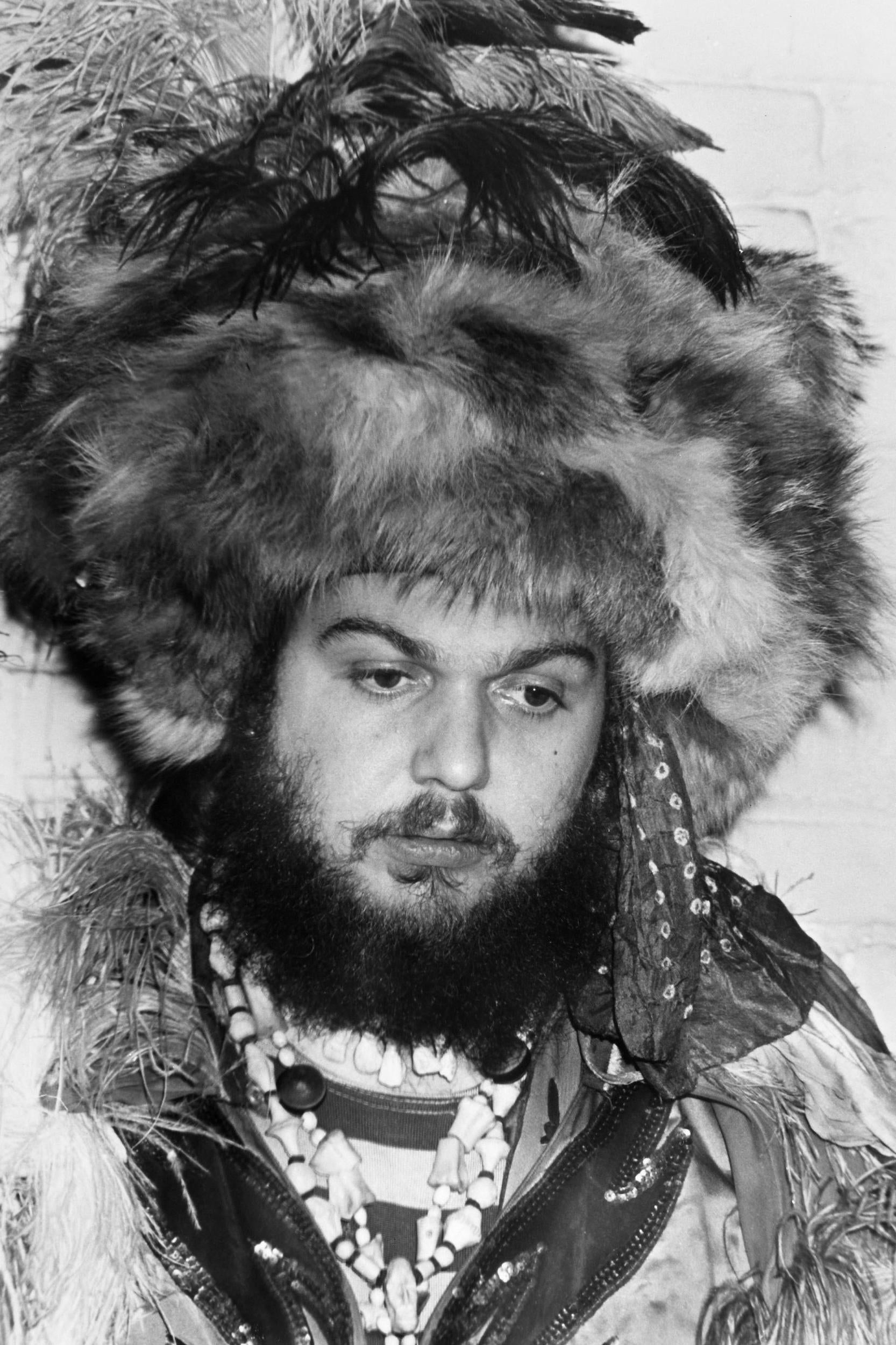
Dr John was the identity by which the wider world knew the pianist, singer and creator of psychedelicised, voodoo-infused New Orleansfunk Mac Rebennack – but they were only two of a veritable gumbo of characters he played during a mercurial 60-year career.
There was also the Night Tripper, the Gris-Gris Man, Dr John Creaux (a pseudonym he used for songwriting), Professor Bizarre and Mac (as friends and colleagues called him), not forgetting Malcolm Rebennack, as he was born in the Crescent City. His death from a heart attack at the age of 77 deprives the music world of one of its coolest, most charismatic and cosmic personalities, a true original whose best work melded the vast heritage of New Orleans roots music with rock, R&B, blues and soul.
Even his date of birth became part of the Dr John persona and mystique. In his 1994 autobiography, Under a Hoodoo Moon, he claimed he was born in 1940. After a newspaper traced his birth announcement, revealing that he came into the world a year later, his agent made a confession. In the mid-1950s, Rebennack – as he was then known, with his reinvention as Dr John more than a decade away – added a year to his age so he could play in the New Orleans clubs.
He was a guitarist then, only to suffer a badly damaged finger when a gun was fired in an after-show fracas in Jacksonville, Florida, in 1961. The night he was shot he was playing behind Ronnie Barron, leader of Ronnie & Delinquents. He later devised an alter ego for Barron – that of Dr John, a tongue-in-cheek male version of a 19th-century Louisiana voodoo practitioner, Marie Laveau – but decided to adopt it himself in 1967.

His debut album Gris-Gris, recorded by New Orleans musicians in Los Angeles and released under the name Dr John the Night Tripper, appeared in January 1968. It failed to chart on either side of the Atlantic but attracted a cult following and contained a song, “I Walk on Gilded Splinters”, which inspired cover versions down the decades by Marsha Hunt, Humble Pie, the Allman Brothers, Cher and Paul Weller. Gris-Gris’ reputation kept growing and in 2003 it was named at No 143 in Rolling Stone magazine’s 500 greatest albums of all time.
Dr John saw his new incarnation as an opportunity to pay homage to his own influences – many of them pianists – such as Professor Longhair, Jelly Roll Morton, Fats Domino, Allen Toussaint, Snooks Eaglin and Irma Thomas. He was a white performer who felt most at ease within black genres, and his new sonic adventure, topped off by gritty vocals, stumped reviewers searching for precedents and comparisons. As did the headdress, feathers, rings and beads, which made him look like a refugee from a Mardi Gras parade.
Rebennack’s route to becoming Dr John began in his home city, where his father ran a record shop stocked with jazz, blues and hillbilly music. He enthused about his exposure to the great artists of the 1940s and ’50s as “a special time”, adding that the experience made him feel “blessed”. Yet he was also “disheartened” by young musicians saying they learned their trade from the Rolling Stones or Eric Clapton. “You gotta go back further,” he said, “to the real guys.”
Expelled from Jesuit High School in 1954 because of his nocturnal gigging activities, Rebennack had his first song accepted for recording three years later and released a locally successful debut single, “Storm Warning”, in 1959. The gunshot injury prompted him to try bass guitar though he had switched to piano before he was arrested, in 1963, for drug dealing and running a brothel. He spent two years imprisoned at Fort Worth, Texas, before resuming session work in LA.
Gris-Gris, named after ornaments or pieces of jewellery believed to protect the wearer from harm, was followed by a trio of albums delving further into voodoo rhythms and chants in what some critics termed “swamp funk”. 1972 brought a change of direction with Dr John’s Gumbo, an album largely comprised of New Orleans R&B standards.

The following year, with Toussaint producing and The Meters backing him, he delivered the funk classic In the Right Place, which he later described as “straight-ahead dance music”. “Right Place, Wrong Time” took him to number nine in the US singles chart, while its follow-up, “Such a Night”, reached number 42. Dr John went on to play it in Martin Scorsese’s documentary homage to The Band, The Last Waltz, in 1976.
Even an addiction to heroin, which he quit in 1989, could not stifle Dr John’s creative zeal. He released a total of 30 studio and nine live albums, with Locked Down (2012), his critically acclaimed penultimate release, being produced by the Black Keys’ Dan Auerbach. Ske-Dat-De-Dat: The Spirit of Satch (2014), a tribute to his fellow son of New Orleans’ Third Ward district, Louis Armstrong, proved to be his final album.
In the same year, a celebration of his life and music was held at the city’s Saenger Theatre, where Bruce Springsteen joined those paying their dues. His place at the heart of New Orleans life had been cemented by his fundraising efforts after the region was ravaged by Hurricane Katrina in 2005, which included releasing an EP, “Sippiana Hericane”.
Inducted into the Rock and Roll Hall of Fame in 2011, he also received six Grammy awards and was nominated for an Oscar for his rendition of Randy Newman’s “Down in New Orleans” from the soundtrack of 2009’s The Princess and The Frog.
Dr John was a prolific collaborator, working with the Rolling Stones, Canned Heat, Van Morrison, Ringo Starr, BB King, Frank Zappa, James Taylor, Aretha Franklin and Bonnie Raitt among many more. As a man of multiple identities, he was equally proud that a character in The Muppet Show, Dr Teeth, was based on him.
Dr John (Malcolm John Rebennack Jr), singer, songwriter, guitarist and pianist, born 20 November 1941, died 6 June 2019







